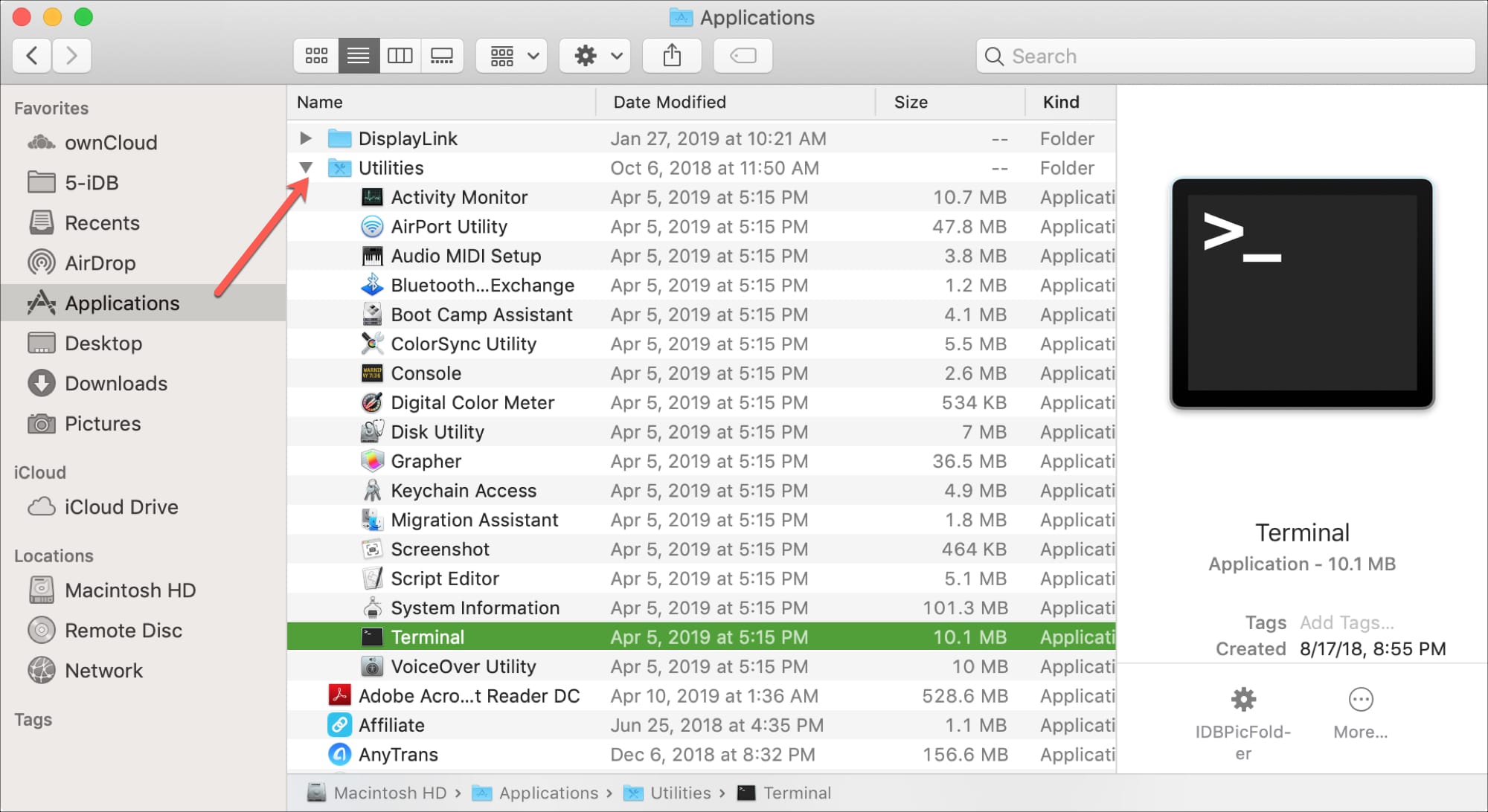
- #MAC COMMAND LINE CREATE FILE HOW TO#
- #MAC COMMAND LINE CREATE FILE FULL#
- #MAC COMMAND LINE CREATE FILE PASSWORD#
- #MAC COMMAND LINE CREATE FILE SERIES#
Any command should have some default behavior when called without options. When we modify the command with -l, it will display to us the files along with more detailed information. Without this option, the list will be simply the filenames. They usually modify the way the program will run.
ls is short for list, meaning, I want to see a list of files somewhere on my computer.

Once you have typed it out, hit enter to run it, and see what happens. This is a common convention used is denote what follows is a command to be run. The program, the options, and the arguments. Nearly all commands follow a common pattern with 3 main parts. The program we use to interact with the console is actually a “terminal emulator”, providing us the experience of typing into an old school terminal from the convenience of our modern graphical operating system. Terminal: This is the actual interface to the console. After the prompt is where you will be typing commands. It usually provides some contextual information like who you are, where you are and other useful info. Prompt: This is the beginning of the command line. This is both the command line as well as the output from previous commands.Ĭommand Line: This is the actual line in a console where you type your command. I like to launch terminal by using Spotlight search in OS X, searching for “terminal”.Ĭonsole: This is the system as a whole. On OS X, open your Applications folder, then open the Utilities folder. So what we need to do is open the terminal.
#MAC COMMAND LINE CREATE FILE HOW TO#
How to use Terminal to open the command lineīefore you can use it, you need to be able to find it.
#MAC COMMAND LINE CREATE FILE FULL#
For the most part they may be scanning for some key words, but mostly they are just waiting for it to stop.Ĭheck out our full library of learning courses. In fact, when you see an experienced user looking at a terminal that is scrolling line after line of text faster than you can even read it, they aren’t really reading it either. When you read some instructions that tell you to open up a terminal window and type some cryptic words and phrases, it can seem like you’ve been sucked into the matrix, expected to decrypt an endless stream of indecipherable characters.įear not, it’s really not that difficult to use. The command line can be a scary place when you first encounter it. Because of OSX’s unix heritage, much of the info here is also useful in other unix inspired systems, like the Linux command line. diagnostics.sh to execute it or double click on it to run it if it's saved to your desktop.This is a command line tutorial primarily conducted in in the OS X command line. Just make sure you make it executable by issuing the command chmod +x diagnostics.sh and use. You can name the file diagnostics.sh and place it anywhere you like. However, you can redirect the output to a file by appending > /path/to/outputfile.txt at the end of each command so you have a file which you can parse once the file has finished running. Keep in mind that any output generated, will get sent to the console (screen).

System_profiler SPHardwareDataType | grep -i Identifier # Get the model of the machine in question However, if you are getting diagnostic info, for example, you can have a script that does #!/bin/bash Now, this all depends on the they types of command and whether or not they require user intervention.
#MAC COMMAND LINE CREATE FILE SERIES#
You can also see here on Stack Overflow for a bit more information.Ī script is just a series of commands, so you could put it into a bash script. If the end user isn't an administrator, but you need to do something that required root access, you can use su someAdminName, which will perform the command as someAdminName (you'll need his password).
#MAC COMMAND LINE CREATE FILE PASSWORD#
When the script runs, you'll have to enter your password (and be an administrator)

Dragging over the terminal icon will also work.


 0 kommentar(er)
0 kommentar(er)
